TV dinners: The hidden cost of the processed food revolution
- Published
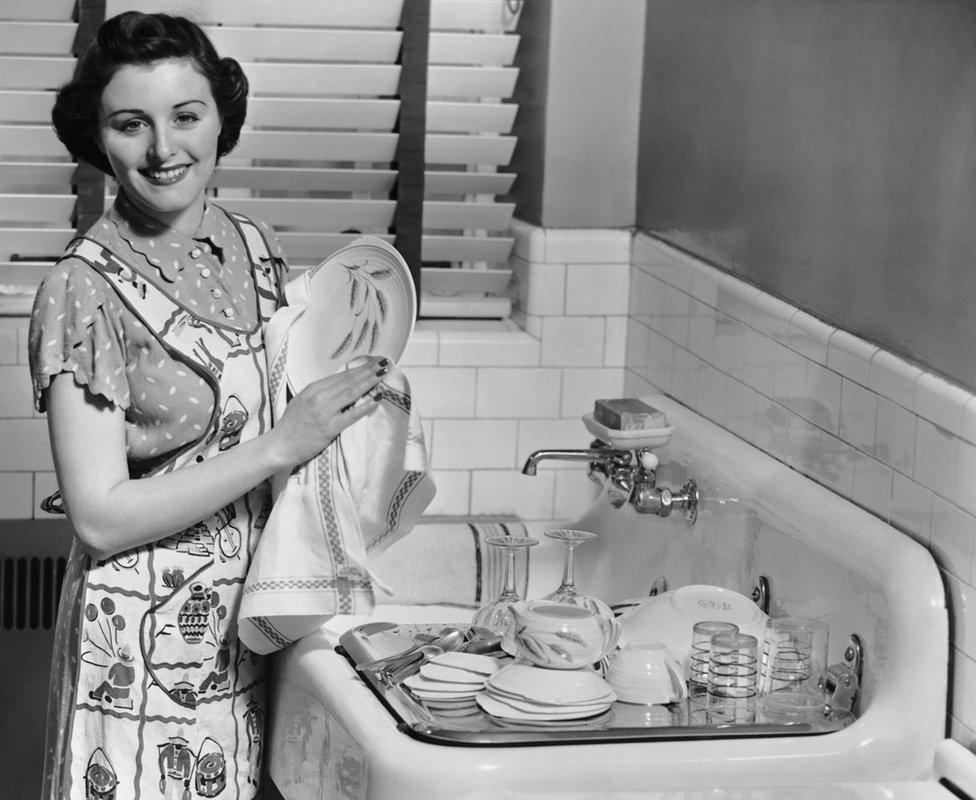
It is a typical November Tuesday for Mary, who lives in the north-east of the United States.
She is 44, has a degree, and her family is prosperous - in the top quarter of American households by income. So what has she done today? Is she a lawyer or a teacher?
No. Mary spent an hour knitting and sewing, two hours setting the table and doing the dishes and well over two hours preparing and cooking food.
She is not unusual, because it is 1965 and at that time, many married American women - even those with an excellent education - spent large chunks of their day catering for their families.

Find out more

50 Things That Made the Modern Economy highlights the inventions, ideas and innovations which have helped create the economic world in which we live.
It is broadcast on the BBC World Service. You can find more information about the programme's sources and listen online or subscribe to the programme podcast.

We know about Mary's day - and those of many others - because of time-use surveys conducted around the world. These diaries reveal precisely how different people use their time.
For educated women, the way time is spent in the US and other rich countries has changed radically over the past half a century.
Women in America now spend around 45 minutes per day in total cooking and cleaning up. That's still much more than men, who spend only 15 minutes a day doing such tasks. But it is a vast reduction from Mary's four hours.
Behind this shift is a radical change to the way the food we eat is prepared, as seen by the introduction of the TV dinner in 1954.
Presented in a space-age aluminium tray, and prepared so that everything would require the same cooking time, the "frozen turkey tray TV dinner" was developed by a bacteriologist called Betty Cronin.
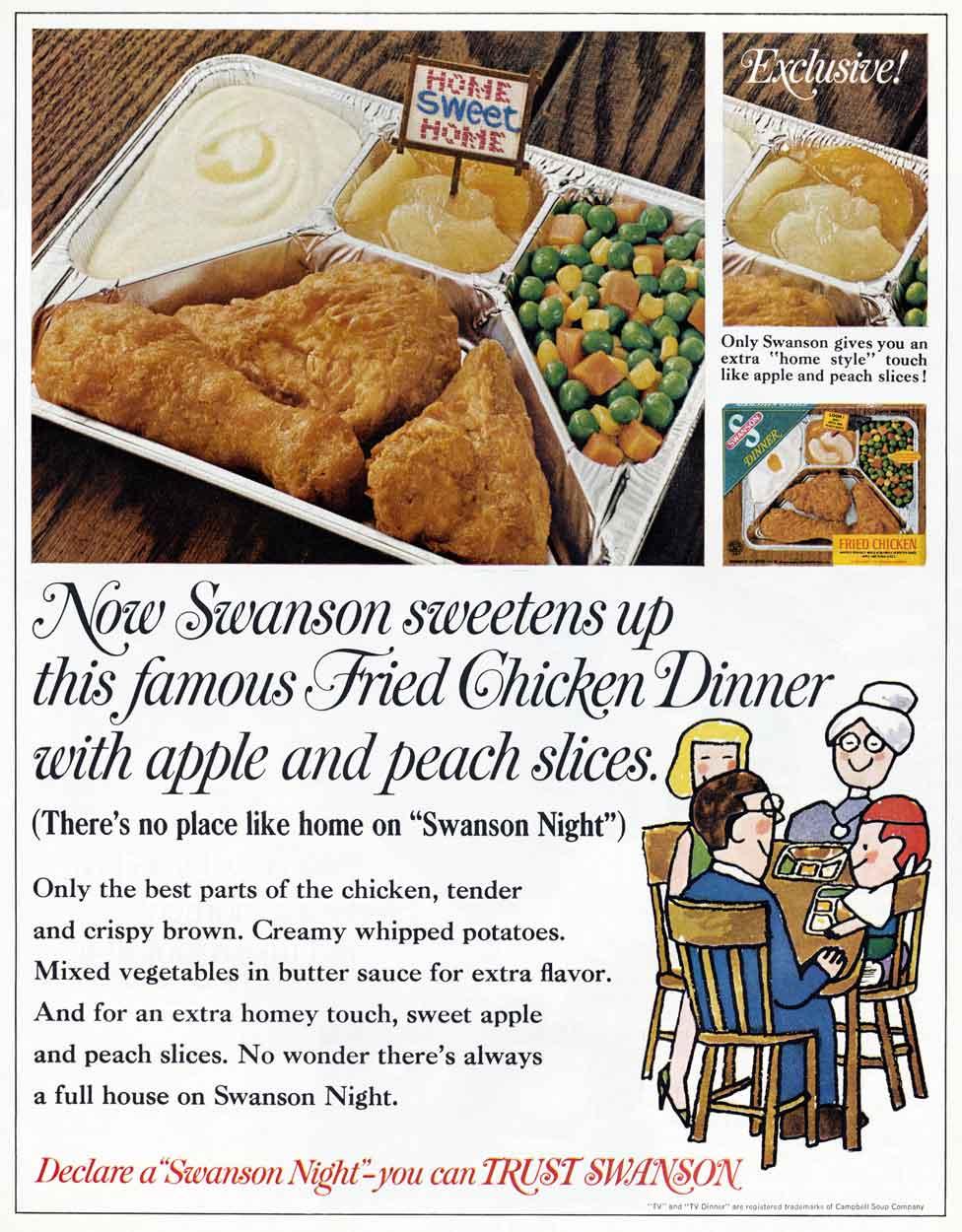
She worked for the Swanson food processing company, keen to find ways to keep busy after the business of supplying rations to US troops had dried up.
But of course the TV dinner was only part of a panoply of changes, wrought by the availability of freezers, microwaves, preservatives and production lines.
Food had been perhaps the last cottage industry: something that would overwhelmingly be produced in the home.
Profound shift
But food preparation has been industrialised - outsourced to restaurants and takeaways and to factories that prepare ready-to-eat or ready-to-cook meals.
And the invention of the industrial meal - in all its forms - has led to a profound shift in the modern economy.
How we spend on food is changing.
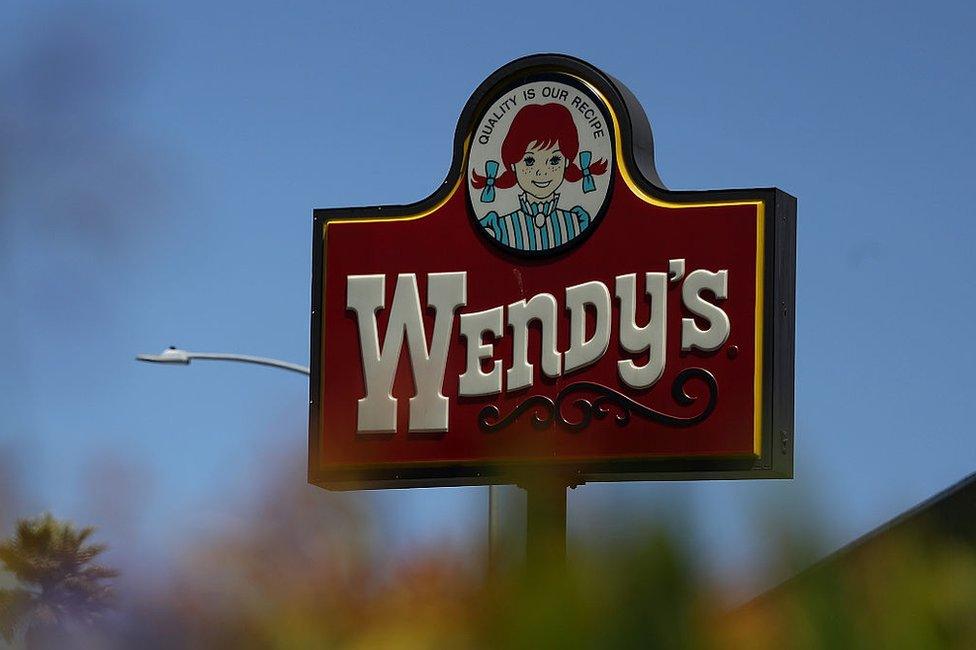
In 2015, US consumers spent more money on food and drink outside their home than on groceries for the first time
American families spend increasingly more outside the home - on fast food, restaurant meals, sandwiches and snacks. Only a quarter of food spending was outside the home in the 1960s.
That has steadily risen over time and in 2015 a landmark was reached: for the first time, Americans spent more on food and drink outside the home than at grocery stores. The British passed that particular milestone more than a decade earlier.
Even within the home, food is increasingly processed to save the chef time and effort: bagged chopped salad, pre-grated cheese, jars of pasta sauce, individual permeable tea bags, meatballs doused in sauce and chicken that comes plucked and gutted.
Each new innovation would seem bizarre to the older generation.
I have never plucked a chicken and perhaps my children will never chop salad. All this saves time - serious amounts of time.

Such innovation is a modern phenomenon.
When the economist Valerie Ramey compared time-use diaries in the US between the 1920s and the 1960s, she found that surprisingly little had changed.
Whether women were uneducated and married to farmers, or highly educated and married to urban professionals, they still spent similar amounts of time on housework across those 50 years.
Lemon fresh
It was only in the 1960s that this pattern began to shift.
But surely the innovation responsible for emancipating women was not the TV dinner, but the washing machine?
The idea is widely believed and is appealing. A frozen TV dinner does not really feel like progress, compared to home-cooked food.
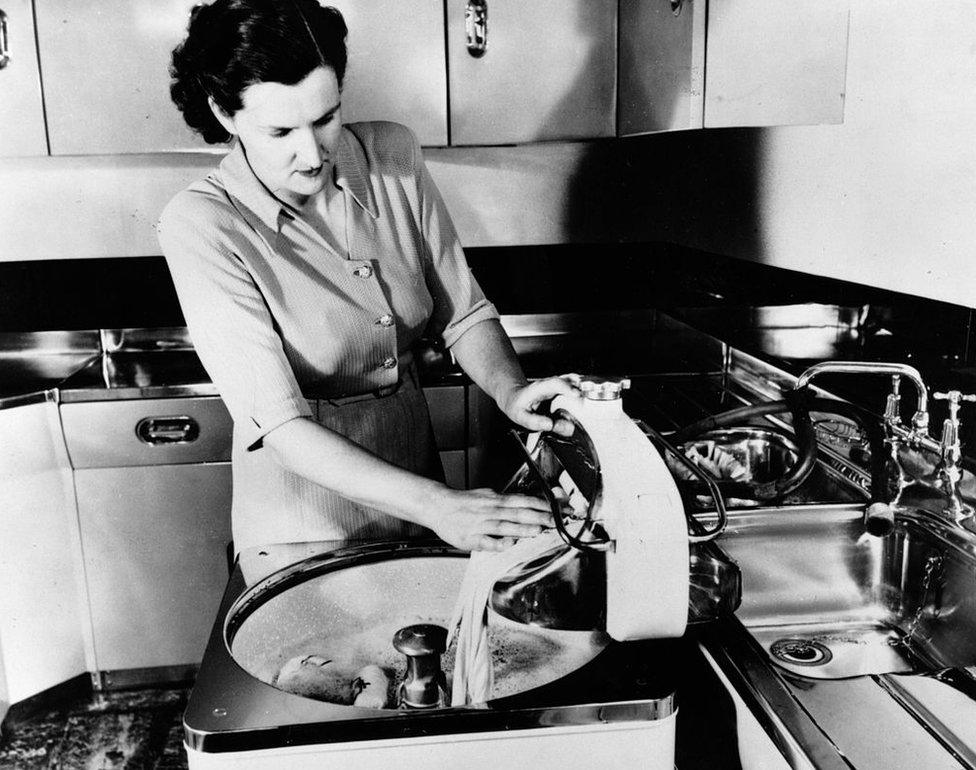
The washing machine was innovative, but did not save much time
But a washing machine is clean and efficient and replaces work that was always drudgery. How could it not have been revolutionary?
Well it was, of course.
However, the revolution wasn't in the lives of women, it was in how lemon fresh we all started to smell.
As Alison Wolf argues in her book The XX Factor, the evidence is clear that the washing machine did not save a lot of time, because before washing machines, we did not wash clothes very often. When it took all day to wash and dry a few shirts, people used replaceable collars and cuffs or dark outer layers to hide the grime.
In contrast, when it took two or three hours to prepare a meal, someone had to take that time. There was not an alternative. The washing machine did not save much time, and the ready meal did, because we were not willing to starve, but we were willing to stink.

More from Tim Harford

The availability of ready meals has had some regrettable side-effects.
Obesity rates rose sharply in developed countries between the 1970s and the early 21st Century, at much the same time as these culinary innovations were being developed. This is no coincidence, say health economists. The cost of calories has fallen dramatically, not just in financial terms but also in terms of time.
Consider the humble potato. It has long been a staple of the American diet, but before World War Two potatoes were usually baked, mashed or boiled. There's a reason for that: roast potatoes need to be peeled, chopped, par-boiled and then roasted. French fries or chips must be finely chopped and then deep fried.
Over time, however, the production of fried sliced potato chips - both French fries and crisps - was centralised. French fries can be peeled, chopped, fried and frozen in a factory and then refried in a fast-food restaurant or microwaved at home.
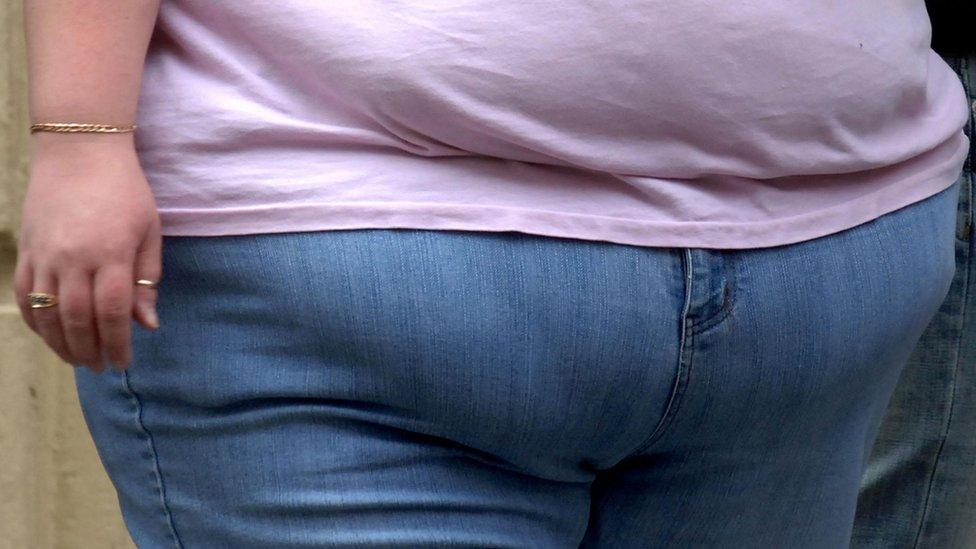
Obesity rates have risen sharply since the large scale industrialisation of food production
Between 1977 and 1995, American potato consumption increased by a third, almost entirely because of the rise of fried potatoes.
Even simpler, crisps can be fried, salted, flavoured and packaged to last for many weeks on the shelf. But this convenience comes at a cost.
In the US, calorie intake by adults rose by about 10% between the 1970s and the 1990s. Not as a result of more calorific regular meals but because of increased snacking - usually of processed convenience food.
Psychology - and common sense - suggest this should not be a surprise.
Experiments by behavioural scientists show that we make very different decisions about what to eat depending on how far away the meal is. A long-planned meal is likely to be nutritious, but when we make more impulsive decisions, our snacks are more likely to be junk food than something nourishing.
The industrialisation of food - symbolised by the TV dinner - changed our economy in two important ways. It freed women from hours of domestic chores, removing a large obstacle to them adopting serious professional careers.
But by making empty calories ever more convenient to acquire, it also freed our waistlines to expand.
The challenge now - as with so many inventions - is to enjoy the benefit without also suffering the cost.
Tim Harford writes the Financial Times's Undercover Economist column. 50 Things That Made the Modern Economy is broadcast on the BBC World Service. You can find more information about the programme's sources and listen online or subscribe to the programme podcast.
- Published15 March 2017
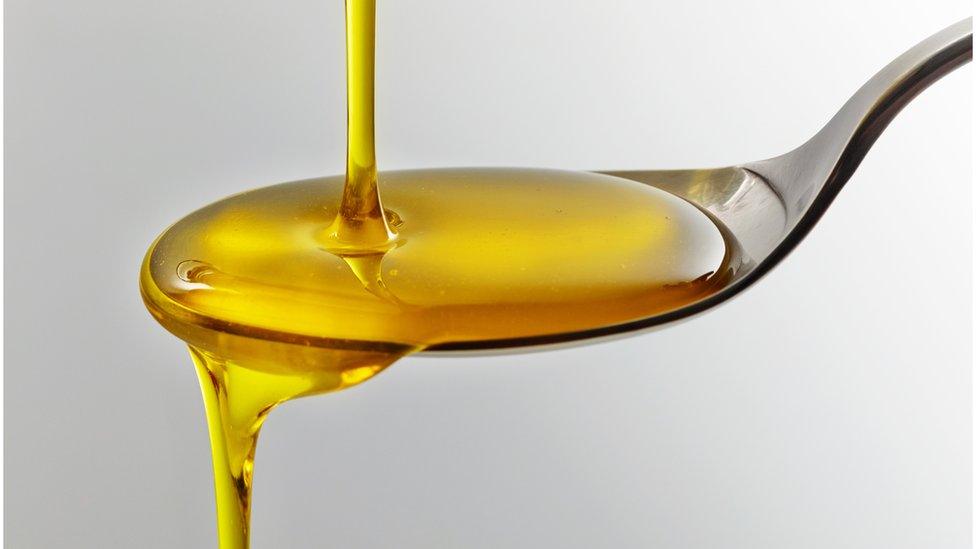
- Published16 October 2016
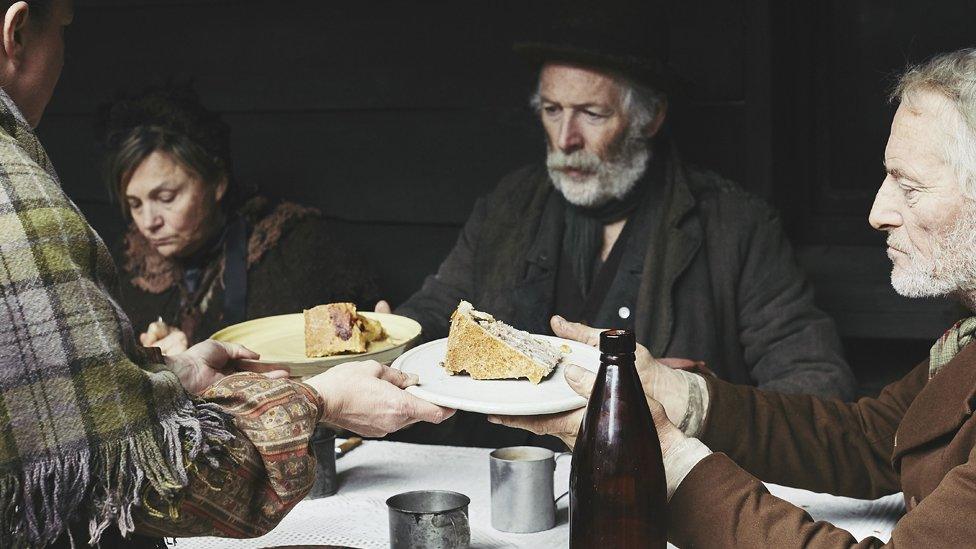
- Published25 September 2016

- Published16 February 2013
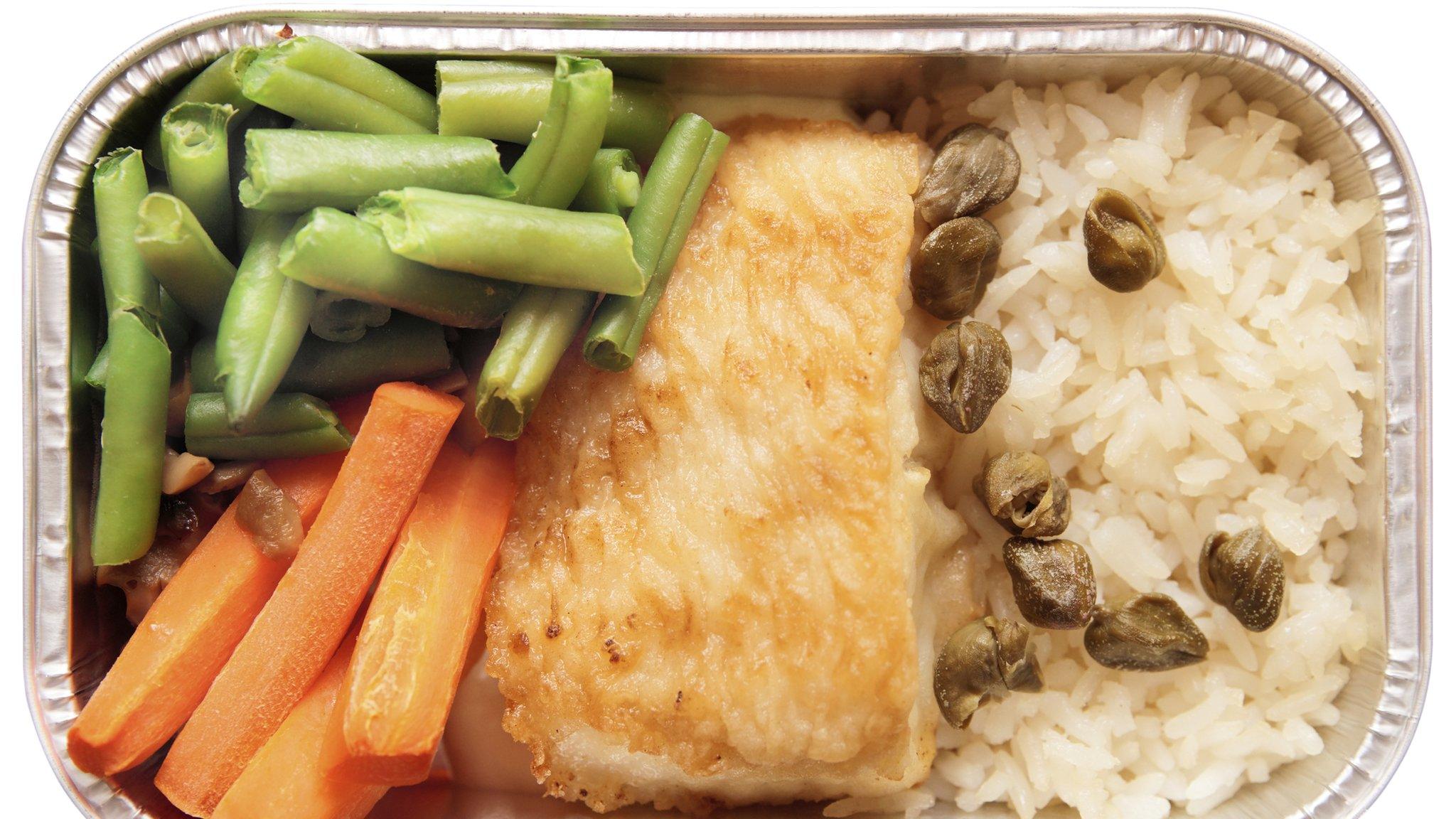
- Published18 December 2012
